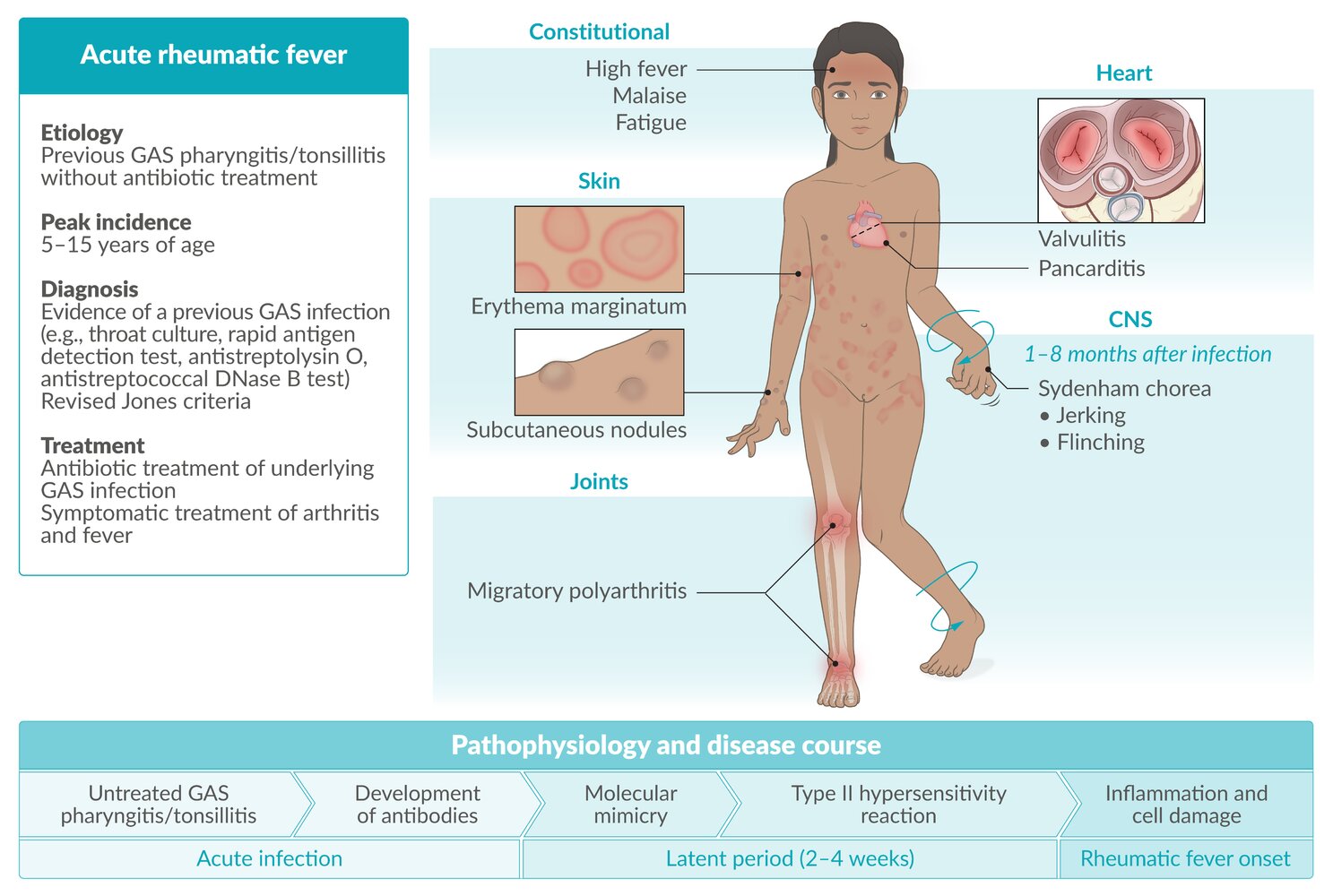A nurse is preparing to administer amoxicillin 80 mg/kg/day divided into two doses daily to a 2-year-old client who weighs 10 kg (22 lb). Available is amoxicillin suspension 400 mg/5 mL. How many mL of amoxicillin should the nurse administer per dose?
(Round the answer to the nearest whole number. Use a leading zero if it applies. Do not use a trailing zero.)
The Correct Answer is ["5"]
The dosage is 80 mg/kg/day, and the child weighs 10 kg.
80 mg/kg/day * 10 kg = 800 mg/day
Since this is divided into two doses per day:
800 mg/day ÷ 2 doses = 400 mg per dose
Now, let's determine the amount of amoxicillin suspension needed for each dose:
The amoxicillin suspension is 400 mg per 5 mL.
400 mg per dose ÷ 400 mg per 5 mL = 5 mL per dose
Therefore, the nurse should administer 5 mL of amoxicillin suspension per dose to the 2-year-old client weighing 10 kg.
Nursing Test Bank
Naxlex Comprehensive Predictor Exams
Related Questions
Correct Answer is ["C","D","E"]
Explanation
Choice A Reason:
Partial thromboplastin time (PTT): PTT is a test that evaluates the blood's ability to clot properly. While rheumatic fever can involve inflammation affecting various systems, it's not directly associated with significant changes in coagulation parameters like PTT.
Choice B Reason:
Blood urea nitrogen (BUN): BUN measures the amount of nitrogen in the blood that comes from urea, a waste product of the liver's metabolism of protein. It's commonly used to assess kidney function and hydration status. Rheumatic fever primarily involves inflammatory processes affecting the heart, joints, skin, and nervous system, and it typically doesn't have a direct impact on BUN levels.
Choice C Reason:
Erythrocyte sedimentation rate (ESR): Elevated ESR is a non-specific marker of inflammation and can be elevated in rheumatic fever due to the inflammatory response.
Choice D Reason:
C-reactive protein (CRP): Similar to ESR, CRP is an acute-phase reactant and tends to rise in response to inflammation, so elevated CRP levels can indicate an inflammatory process like rheumatic fever.
Choice E Reason:
Antistreptolysin O (ASO) titer: This test measures antibodies produced by the body against streptolysin O, a toxin produced by Streptococcus bacteria. Elevated ASO titers can indicate a recent streptococcal infection, which is a predisposing factor for rheumatic fever.

Correct Answer is C
Explanation
Choice AReason:
Chocolate milk is incorrect. Similar to ice cream, chocolate milk is dairy-based and may have a thicker consistency, potentially causing discomfort or irritation to the throat.
Choice B Reason:
Sugar-free cherry gelatin-Avoid red, purple, or brown liquids, which simulate the appearance of blood if the child vomits.
Choice CReason:
Although the flavor might be a bit acidic, lime-flavored ice pops are generally clear or light in color and less likely to obscure bleeding. They are also soothing and can help with hydration
Choice D Reason:
Vanilla ice cream is incorrect. While ice cream might seem soothing, it's dairy-based and can coat the throat, potentially causing discomfort or mucus production, which may not be ideal for the healing process.
Whether you are a student looking to ace your exams or a practicing nurse seeking to enhance your expertise , our nursing education contents will empower you with the confidence and competence to make a difference in the lives of patients and become a respected leader in the healthcare field.
Visit Naxlex, invest in your future and unlock endless possibilities with our unparalleled nursing education contents today
Report Wrong Answer on the Current Question
Do you disagree with the answer? If yes, what is your expected answer? Explain.
Kindly be descriptive with the issue you are facing.
